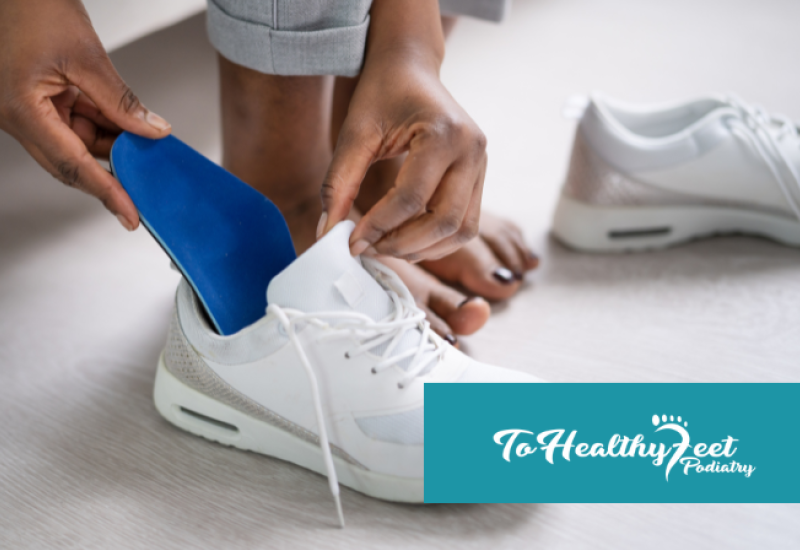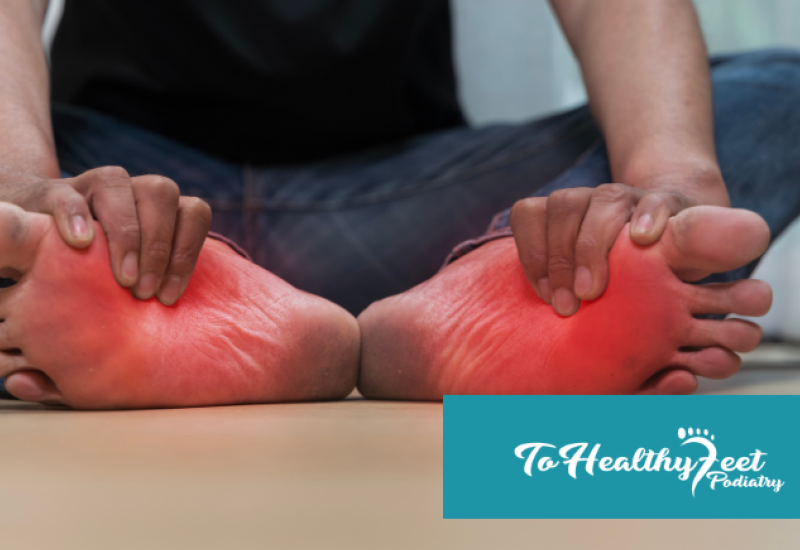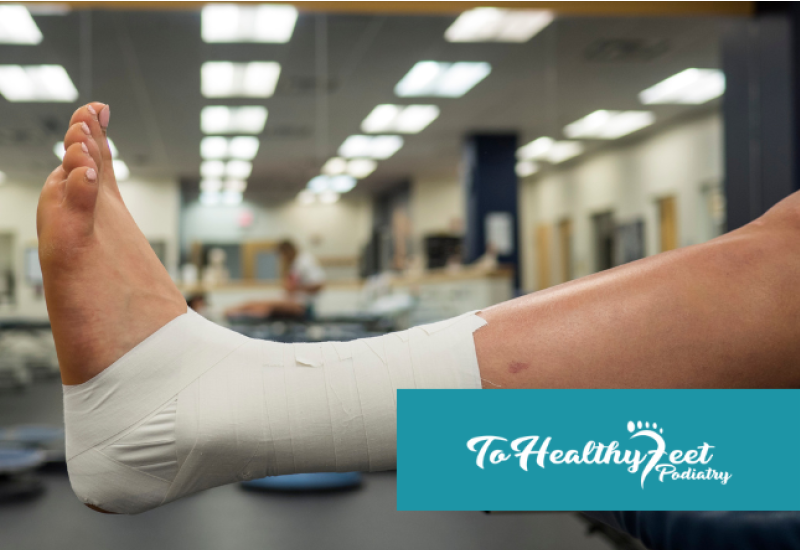Are you suffering from foot pain, tingling, or a feeling that there is something inside the ball of your foot? Here are the signs and symptoms of, and treatment options for, a Morton’s neuroma and how our NYC podiatrists are offering telemedicine services to provide you with quality foot care services from the safety and comfort of your own home.
A neuroma is a thickening of nerve tissue that may develop in various parts of the body and the most common type of neuroma in the foot is a Morton’s neuroma. This occurs most often between the third and fourth toes and is caused by a number of factors, such as:
- Wearing shoes that have a tapered toe box
- Wearing high-heeled shoes that cause the toes to be forced into the toe box
- Certain foot deformities, such as hammertoes, bunions, or flat feet
- Repetitive irritation to the ball of the foot, such as running or court sports
- Any injury or other type of trauma to the area
From Bunions and Bone Spurs to Foot Pain and Injury, Our NYC Podiatrists Can Help You Resolve Your Foot Issues Using Telemedicine Services
In order to best serve you during the COVID-19 pandemic, we have introduced To Healthy Feet Podiatry’s Virtual Medical Clinic. This telemedicine platform allows our NYC foot doctors to provide you with comprehensive care from the safety of your home. We are also open so don't hesitate to call us and book an in-person appointment.
Whether you have questions about bunion surgeries or bone spurs, or you are experiencing foot pain that needs to be resolved, our Midtown and Downtown NYC podiatrists are on hand to provide you with all the information and advice you need.
VIRTUAL FOOT DOCTORS IN MIDTOWN AND DOWNTOWN NYC
What Are The Symptoms of a Morton’s Neuroma?
If you have developed a Morton’s neuroma, you may be experiencing one or more of the following symptoms where the nerve damage has occurred:
- Sharp, burning pain in the ball of your foot
- Toes may sting, burn, or feel numb
- A feeling as if you are standing on a pebble in your shoe
- Feeling that there is something in your shoe or a sock is bunched up
If you are experiencing any of the above symptoms, it’s important to visit your NYC podiatrist, because if left unaddressed the neuroma can progress. The progression of a Morton’s neuroma often follows this pattern:
- Symptoms occur occasionally when performing certain activities or wearing narrow-toed shoes
- The symptoms may disappear temporarily when you remove the shoe, massage the foot, or avoid aggravating activities/shoes
- Over time, the symptoms will worsen and can even persist for several days or weeks.
- As the neuroma enlarges, the symptoms become more intense and the temporary changes in the nerve become permanent
How Can My NYC Foot Doctor Diagnose A Neuroma?
Your podiatrist will obtain a thorough history of your symptoms and do an examination of your foot. He/she may attempt to reproduce your symptoms by manipulating your foot and may require other tests or imaging studies to be performed.
Early Diagnosis Is Key
The best time to talk to your podiatrist is during the early development of symptoms. Early diagnosis of Morton’s neuroma will lessen the need for invasive treatments and may even help you avoid surgery.
Non-Surgical and Surgical Treatments For Morton’s Neuroma
When developing the best treatment plan for your needs, your podiatrist will likely first determine how long you’ve had the neuroma and what stage of development it is in. Treatment approaches will vary according to the severity of the problem.
For moderate neuromas, some non-surgical treatment options could include:
- Icing. This will help reduce any swelling in the affected area.
- Orthotic devices. Custom orthotic devices provided by your podiatrist can give the support required to reduce pressure on the nerve. (Custom Orthotics >)
- Modifications to activities. Activities that put pressure on the neuroma should be halted until your condition improves.
- Shoe modifications. Make sure to wear shoes with a wide toe box and avoid narrow-toed shoes or high-heeled shoes.
- NSAIDs. Oral nonsteroidal anti-inflammatory drugs (NSAIDs), such as ibuprofen, may be recommended to reduce inflammation and pain.
When Will I Require Surgery?
Surgery may be recommended for patients who haven’t responded well to non-surgical treatments. During a consultation, your foot doctor will determine whether this is the best approach for your condition.
Regardless of whether you undergo surgery or not, you will have to take long-term measures to prevent the symptoms from returning, including wearing appropriate footwear and activities modification to reduce repetitive pressure on the foot.
Say Hello To Optimal Foot Health With Our NYC Podiatrists
Whether you have bunions, flat feet, or a Morton’s neuron, the sooner you seek treatment from your podiatrist, the easier the problem will be to resolve. To find out more about how our foot doctors can help you manage any foot/ankle problems, contact us at 917-398-3668 or book a virtual consultation.



